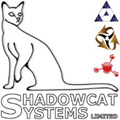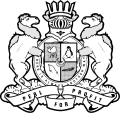| "The Accessibility Of Perl"Jump to Content (Alt + C) | 30th August - 1st September 2006 | Home | News | Mailing List |

• Newsletters
• Wiki
• Call for Papers
• Schedule
• Talks
• Lightning Talks
• Statistics
• Organisers
• Sponsors
• Venue
• Accommodation
• Conference Map
• About Birmingham
• Travel
• Sights & Sites
• Birmingham
OpenGuide
• Birmingham
Perl Mongers
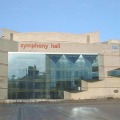
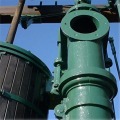
• TPF
• YEF
• YAPC
• Perl Mongers
YAPCs
• YAPC::Asia
• YAPC::Brasil
• YAPC::NA
• YAPC::Europe
• YAPC::Australia
Workshops
• YEF Worshops
• German
• Dutch
• Austrian
• Nordic
• Italian

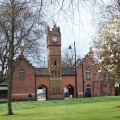
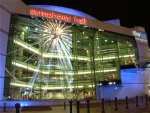
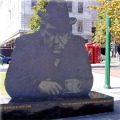

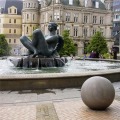
There are plenty of things to see and do in the city of Birmingham, both in the city centre and the surrounding areas. We will endeavour to feature many of the regular museums and gallerys, together with the numerous monuments and places of interest.
We'll be detailing trains and buses around the city, as well as the routes to take if you're planning any excursions.
Getting There
Travelling to Birmingham couldn't be easier.
By Air
Birmingham International Airport is now the busiest airport, after Heathrow, in the UK. Comprising two passenger terminals, EuroHub (aka Terminal 2) for British Airways and franchise partners, and Terminal 1 for all other major airlines. A large proportion of major European Airports have direct flights, as do some American Airports.
The airport is situated approximately 8 miles from the city centre, with both road and rail transport available. Buses and taxis take approximate 20-30 minutes, whereas trains take approximately 10-20 minutes
It should be noted that due to Birmingham having a high number of business flights, prices for arriving Wednesday and leaving Friday, can often be higher than those for arriving Monday, leaving Saturday or Sunday.
Many budget airlines (e.g. FlyBE, BMIBaby, MytravelLite and Monarch) already fly to Birmingham, as do most national European airlines and some US airlines, other budget airlines (e.g. ThomsonFly and EasyJet) also fly to the two other major Midlands airports, Coventry and East Midlands (near Nottingham). Coventry is approximately 30-45 minutes away by train, and East Midlands is approximately 75-90 minutes, via Derby or Nottingham.
Further afield, using the rail network, Manchester and the London airports (Heathrow, Gatwick and Stansted) are around 2 hours away. There are several coach services that operate between airports and major cities that are also available.
By Rail
Birmingham New Street is the main station, feeding the central arteries for the UK rail network. Routes to all major cities are available, including London, Manchester, Liverpool, Nottingham, Newcastle and Edinburgh.
By Road
Following the expansion of the motorways, Birmingham now is famous for Spaghetti Junction (Junction 5 of the M6, officially known as The Gravelly Hill Interchange), The Birmingham Triangle (M5, M6 and M42 all join each other) and for once having the longest bridge in Europe (the M6).
The M6 (from the M1) takes traffic from London through Birmingham to the North West and towards Scotland. The M5 provides the link from the M6 down the West Coast to Devon and Cornwall. The M42 provides the link from the M5 up to M1 near Nottingham, which continues on towards Sheffield, Leeds, Hull, York and Newcastle.
Getting Around
As the conference venue is on the edge of the city centre, all amenities within the city centre are easily accessible by foot. However, there are many bus, train and tram routes across the city and out to the surrounding areas. Bus & tram stops and train stations are all within a short walk of the venue.
- Bus - Travel West Midlands
- Train - Central Trains
- Tram - Midland Metro
- Midland Transport - Centro
Taxis and hire cars are available in large supply, but if you are only planning to walk around the city centre it can be much more pleasurable taking a gentle stroll along the canals.
Should you wish to, you can even get around by narrowboat. Although it is often misquoted, there are indeed several hundred miles of canal network around the West Midlands.
If you intend to travel by taxi, it should be noted that only Black Cabs (the traditional "London taxi" shape) can be hailed at the side of the road. Private hire taxis (standard saloon cars and people carriers) must be booked by telephone in advance. Taxi fares are comparable to other major cities, and considerably less than London.


